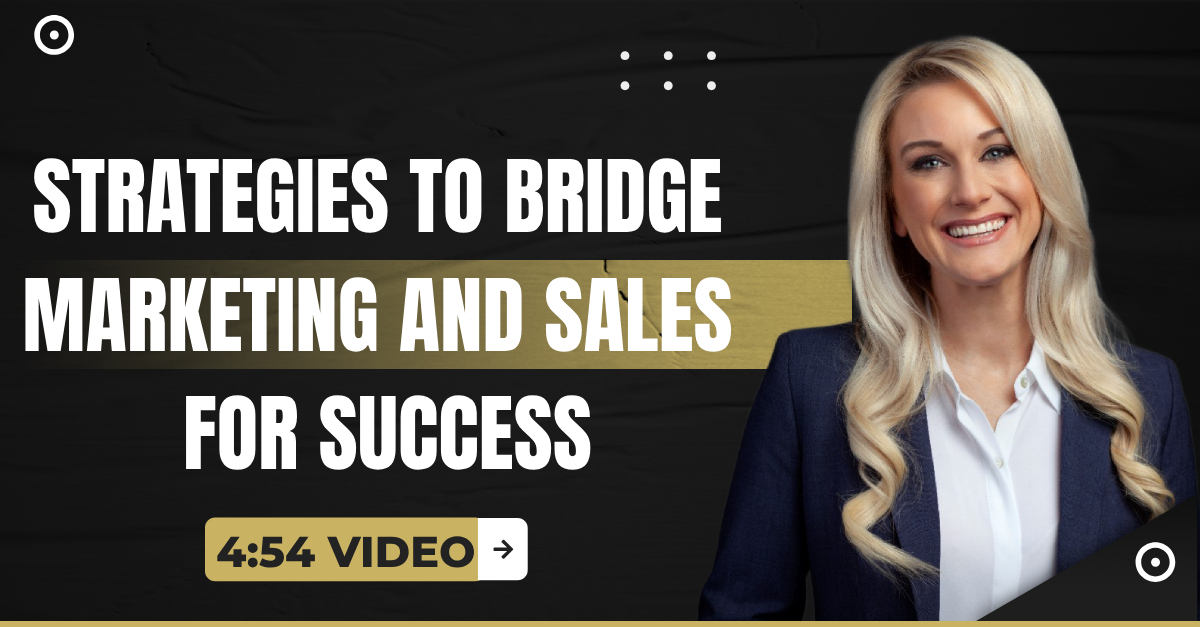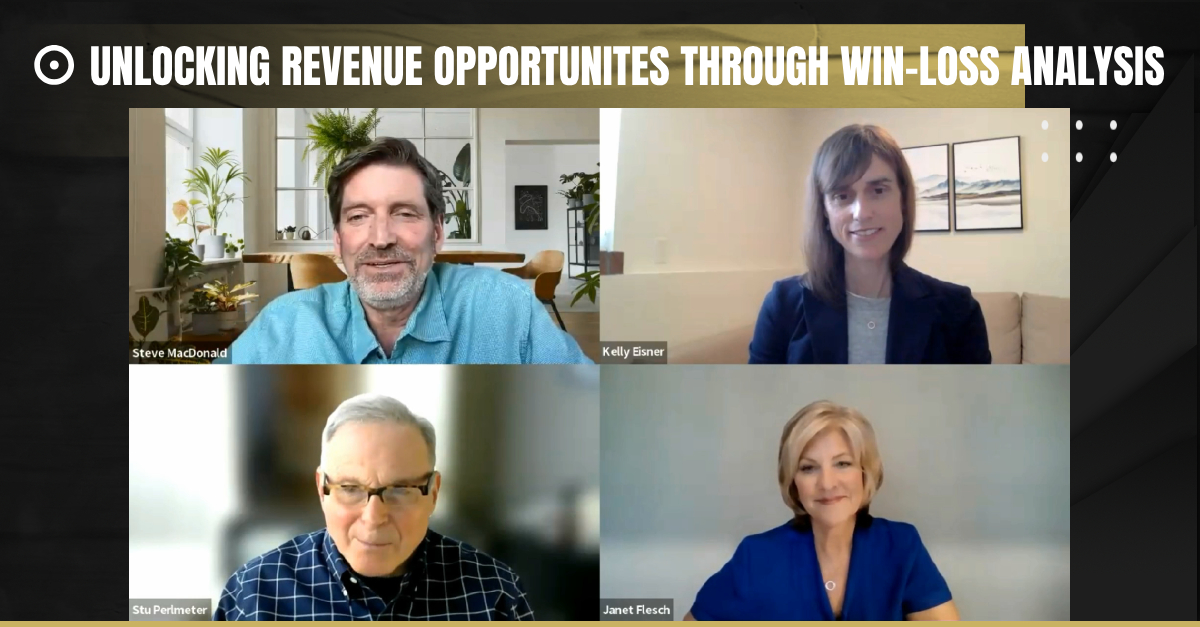CMOs, You’re Missing 56% of the MQL Opportunity
The missing opportunity lies in creating conversation-ready SQLs

Content Marketing Is Complicated. For B2B SaaS, we simplify your path to being recognized as industry experts with the highest sales closing rates. As B2B SaaS founders ourselves, we know exactly how to create content that positions your B2B SaaS business as an authority, makes the case for your technology, confronts rational/emotional hurdles, and elevates your salespeople to trusted advisors—your competitive advantage. OUR PROMISE is to make your SaaS reputation a powerful, and effective addition to your company’s core competencies.
This article outlines why less than 1% of MQLs close. We identify the downsides of today’s current MQL definition, the true gap between MQLs and SQLs, what salespeople really want, and how to fix the problem.
The 1% MQL Closing Dilemma
“The typical conversion rate from inquiry to close of a lead-centric process (leveraging MQLs) is less than 1%. That’s less than one successful won deal for every 100 people who raise their hand to express interest.” – Forrester
According to Gartner, only 44% of MQLs pass through sales as a potential good fit. That means 56% of MQLs waste sales time and overall revenue potentiaL.
The 56% waste factor and 1% close rate is the MQL dilemma!


Does the B2B lead generation process look something like this in your SaaS business?
There is typically a sequence to cultivate new B2B leads: an individual downloads a report or whitepaper, attends a webinar, or does something that requires a form, then starts to receive additional content and marketing material that contributes to a lead scoring system based on engagement. After sufficient engagement is established, the person’s contact information is forwarded to the sales team, who then starts the process of trying to nurture and close. This is the typical process that produces 99% failure rates.
If you want to stay ahead of the game, brace yourself for new thinking on tackling the MQL Dilemma. Don’t settle for the same tired strategies – consider new insights and solutions straight from the CMOs at the forefront of the B2B SaaS industry. Forget the old-fashioned MQL — the real question is: how do we seize this opportunity to revolutionize our lead qualification methodology and stay ahead of the competition?



Today, most marketing organizations operate around traditional marketing qualified lead (MQL) and sales qualified lead (SQL) concepts, often missing the opportunity for critical insights into buyer behavior. Instead of measuring which people and accounts engage at specific levels and topics, they focus on antiquated flat form fills and conversion action. This often sends the sales team chasing the wrong opportunities, creating waste and hurting business growth and the bottom line. – Forbes
The MQL Dilemma Break-Down
Sometimes, a system or process has been going on for so long that it becomes the norm and is no longer questioned or improved. This is especially true if the volume of MQLs is a standard performance metric, with the risk of CMOs getting replaced if the pipeline volume isn’t increasing.
Here is a sampling of industry experts breaking down the problems with MQLs:
- “The MQL issue is that the points (lead scoring) for the profile and engagement factors (such as downloading a whitepaper) and the threshold on when to forward the MQL are typically based on guesses and random estimates, without any true analysis of propensity to buy.” – Forrester

- “Your salespeople don’t really want MQLs. They may work with them because that’s the status quo, but they’d much rather have real conversations with real people at the accounts they’re trying to land. The conversation-ready lead is the new standard for effective lead generation.” – Drift’s eBook on “The MQL is dead: How conversations are transforming the marketing funnel.”
- “Understanding why MQLs are finished is crucial to learning how to move forward and optimize your inbound marketing strategy.” One of the main reasons cited is that “Conversational marketing is taking over.” – Entrepreneur Magazine
- “MQLs can be easily manipulated, they encourage working leads instead of accounts, and they aren’t a holistic measure of how you’re contributing to overall company success.” – Forbes
- “By pushing your marketing team to focus on MQL generation, you’re likely promoting bad behaviors. The behaviors that support lead generation don’t always directly support revenue generation—particularly revenue generation that maximizes profit. At the same time, an overemphasis on MQL generation begets short-sited marketing investments.” – Gartner
If these are some of the most pressing MQL issues, how do we increase the propensity to purchase by queuing up the right lead conversations?
The MQL to SQL Gap
In Gartner’s write-up on “Qualify Leads Using Buying Journey Signals,” they talk about the need to “Identify if any demonstrable links exist between the consumption of certain assets and higher conversation rates.”

Since thought-leadership content is particularly good at creating conversations, then the specific intent should be to create more of the right thought-leadership content that moves past typical MQL scoring methodology and starts to include the creation of conversation readiness.
The key question, then, is how can marketing leaders determine what the right thought-leadership content is? Your thought-leadership content needs to not only be evergreen and of the highest quality, but tested.
Did you know that the most successful comedians go to local venues to test out their material? Why? Even the icons of comedy don’t know exactly how their jokes will perform until tested. Your content is exactly the same. As marketers, we produce content on a regular basis without knowing exactly how it will perform. It’s typically an educated guessing game and a balance of resources for what level of quality of content gets produced. We need to change this dynamic by having a better plan for what content will create the best results and then the ability to figure out how to create it.
Your thought-leadership content needs a testing ground to prove its worthiness to create interest and conversations.
Start by mapping out with your sales team the problems they address on a daily basis, list out the trends being written about in your industry, follow opinion leaders, look for the latest reports and surveys, and create a list of 10-15 thought leadership topics. Remember our earlier reference to Forbes talking about measuring which people and accounts engage at specific levels and topics? Pick your topics well. Develop topics that will help your buyers succeed, gain a new level of understanding, and come from a unique POV.
Forbes outlines a thought-leadership content strategy as:
- Being unique and controversial (but in a good way).
- Being an expert on a particular topic or subject.
- Having a POV that is unique from others in your field.
Thought leadership expertise and resulting content are what close the conversation-ready gap between MQLs and SQLs — by sparking the right conversations with the right personas.
“Organizations prioritizing content pieces that correlate with previous sales have a 12% higher sales acceptance rate. In fact, organizations that don’t prioritize lead engagement by content type experience a 10% lower sales acceptance rate of MQLs. Content downloads alone aren’t enough to qualify a contact as a high-value lead.” – Gartner
In order to test, start creating articles that can be sent out to your email list of perfect ABM prospects. Create headlines that evoke emotion, a fear of missing out, a reason why most fail and how to avoid the pitfalls, show a little healthy controversy, etc. Great content is only discovered when headlines invoke interest.
Now look at what thought-leadership topics create the most interest through opens, click-through rates, page views, etc. These are the topics to double down on, dig deeper into, and use as subject matter for your next podcast with an industry luminary or to create your next eBook or webinar. This content has passed the test of importance to your audience.
Narrowing Down MQLs Based on Conversation Readiness
Salespeople want highly-interested, conversation-ready leads. Marketing typically creates content that engages leads and contributes to a lead-scoring system that qualifies them to be pushed to sales.
However, we know a gap exists between MQLs and SQLs based on the 99% closing failure rate. The missing link is implicit “conversation readiness” behaviors as an additional qualifier on MQLs.
SDRs bridge the gap between MQLs born from marketing content and automation tools, and conversation-ready SQLs.
- Drift replaces MQLS with conversation-qualified leads (CQLS), creating a 100% increase in lead-to-pipeline conversion rates
- In Gartner’s guide to the “5 Essential Steps to Build a Demand Generation Strategy,” they talk about content that establishes “Expertise that helps build client trust, and lays the groundwork for important CONVERSATIONS about customer pain points.”
- In the Harvard Business Review article on New Rules of B2B Lead Generation, they say, “To get more leads, your salesforce must become recognized thought leaders in their fields and contribute to digital CONVERSATIONS in new and provocative ways.”
Conversations don’t happen out of thin air. We need email replies, accepted LinkedIn connection requests, chat interactions, comments on social posts, and plenty of reasons to want to talk to us. It takes additional outreach, touches, personalized communications, and a lot of patience to stimulate conversation-ready leads.
Since one-to-one conversations have forever been the link to better lead qualifications, how do we create more MQL conversations that bridge the gap between automated lead scoring for MQLs and the highest quality SQLs?
This is an opportunity for sales development reps. SDRs or BDRs can be responsible for more than 60% of the pipeline in B2B SaaS. SDRs are “top of funnel” salespeople creating conversations through activities such as making calls, writing personalized emails, inviting leads to live events, or engaging on social networks. SDRs need thought-leadership content that extends into their outreach efforts.
The Expanded Marketing Role
Do you have a sales development team or strategy in place? Have you tried outsourcing with little success because they don’t know the nuances and key benefits of your SaaS solutions? For those B2B organizations that do, 64% of SDRs report to sales and 24% to marketing. However, nearly 60% of inbound teams report to Marketing. Wherever they report, the MQL-SQL gap needs to be closed.
When 99% of your MQLs don’t close, it’s about time to ensure that a combination of marketing and sales development activities are working together to create the highest-qualified SQLs—even if marketing needs to take on more and more responsibility in the qualification process.
Forbes: Traditionally, marketers would create and nurture leads, then the leads would shift over to the sales team to get into the pipeline. Now digital marketers are essentially the quarterback, having become part of the sales team in many ways. This is a problem for many companies because most marketing organizations’ structures and tools aren’t optimized for this model.
If marketing keeps pushing a high volume of MQLs that aren’t conversation-ready, it’s simply pushing the problem downstream. The B2B SaaS CMOs of today are taking more responsibility for lead qualification and, thus, proper use of internal resources for what have typically been sales activities. This means more time being spent on continuing to build the relationship to a conversation-ready status.
Conclusion
Ever heard the coach of a football team talk about teamwork? Of course, we have! Marketing, sales development, and sales are all on the same team. We are teammates running in the same relay race. The difference is that, as marketers, we can’t just hand off the MQL baton and figure that our job is done. We need to create deeper relationships past the typical MQL that provide higher quality SQLs—and make sure that sales aren’t wasting their time trying to work leads that will never turn into revenue.
Simply put, the most important parts of our job as marketers are to create and test thought-leadership contention regularly, always refine our lead qualifications, continue to build conversation-ready relationships, and put significant effort into more conversation-enabling materials and activities—even if it means taking on more than the traditional roles of marketers.
Next Steps
To learn more about how to create highly successful, revenue-producing thought leadership content that produces conversation-ready SQLs, CLICK HERE to schedule a 20-minute strategy session.






